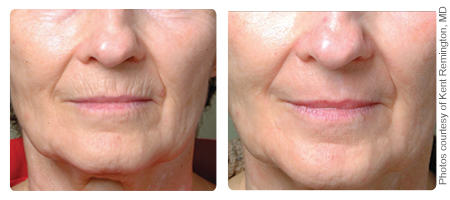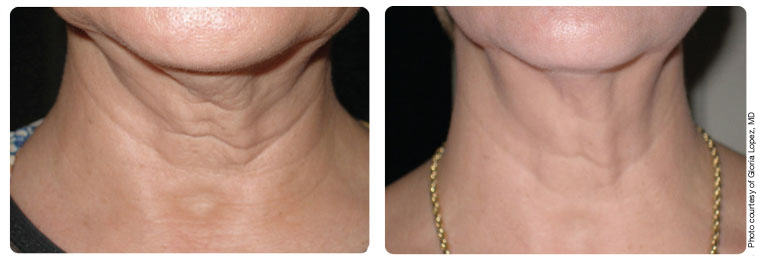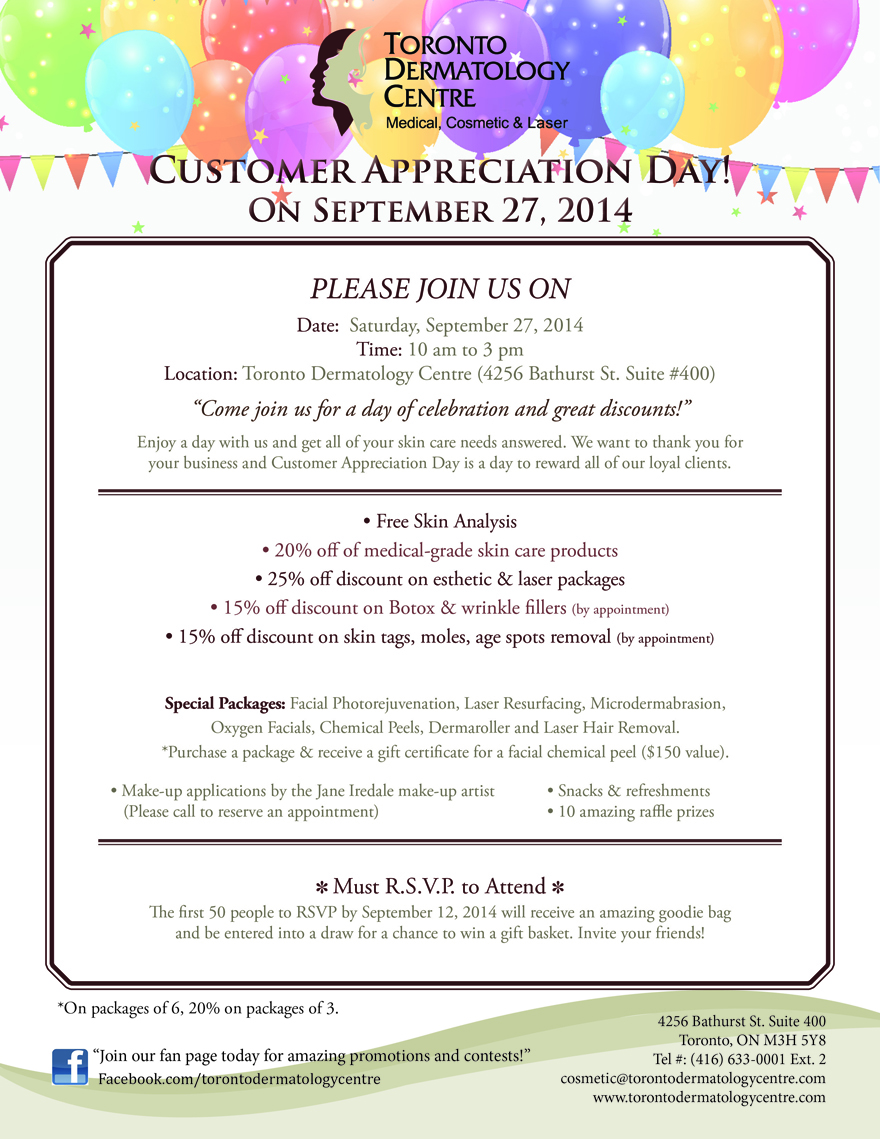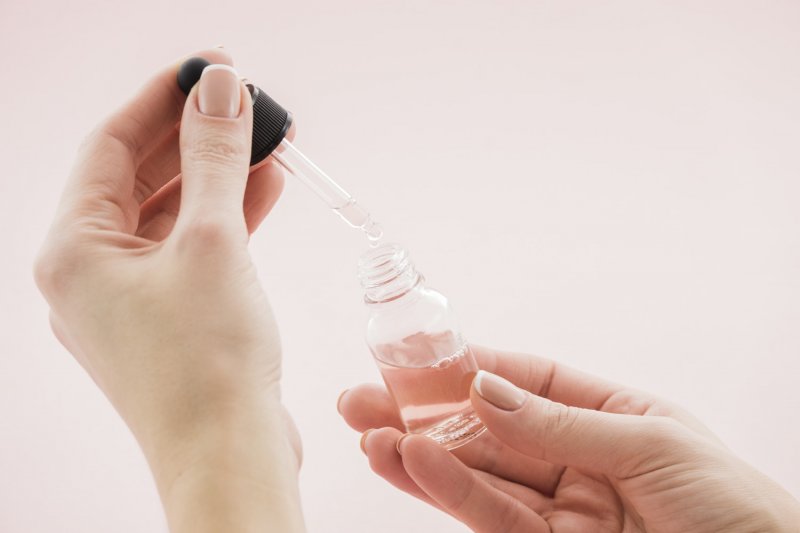
Antioxidants are our body’s main line of defense in the fight against aging. They team up against disease and counteract the effects of free radicals while combating the aging process. Some of the big and established names are Retinols and Growth Factors, but antioxidants are also important in the war against aging.
Here are a few things about antioxidants that might surprise you:
THEY FIGHT AGING FROM THE INSIDE OUT.
We can’t feel it when free radicals injure our cells, but when it happens, antioxidants go into defence mode in an effort to stop the chain reaction of damaged cells. Over time, without a strong defence, this cellular breakdown can lead to a number of chronic diseases. Antioxidants help to counteract this process.
THEY SUPPORT HEALTHY SKIN.
Common skin concerns like dull, uneven tone and wrinkles can all be improved with the use of an antioxidant serum. Add an antioxidant serum to your daily skin care regimen or mix the serum with your sunscreen to naturally brighten your skin and add an extra layer of protection.
Try SkinMedica’s Vitamin C+E Complex, which contains a combination of vitamins C and E in providing antioxidant protection all day long to help prevent free radical damage to the skin.
Skinceuticals C E Ferulic or Phloretin serums contain the world’s most potent Vitamin C (along with vitamin E and Ferulic or Phloretin) which not only protects the skin up to 8 times more effectively that sunscreen alone, but they will protect you from indoor lighting as well and can stay in the skin for up to 3 days at a time.
THEY FIT INTO A HEALTHY DIET.
Studies show that there’s more to protecting your skin than applying topical products: eating a diet high in antioxidants can help to ward off the signs of aging from within. The foods you consume directly affect your skin as well as your body, so eating well and looking your best go hand-in-hand.
Eat well-balanced meals with a complex mix of antioxidants—think vegetables, fruits, whole grains and legumes—to round out your diet.
THEY COUNTERACT BAD HABITS.
Smoking, air pollution, excessive alcohol consumption and even eating deep-fried foods can promote free radical formation within your body. Air pollution has been linked to cataracts, skin cancer and wrinkles, while cigarette smoking has been linked to gum disease, heart problems and cancer.
It’s important to remember that while antioxidants provide an important defense system against free radical damage, they do not negate the effects of destructive habits. Avoiding these habits in the first place is always optimal.
THEY’RE DIVERSE.
These vitamins, minerals and other nutrients are mostly naturally occurring substances and often have specific functions. For example, lycopene (found in tomatoes) helps defend the skin against sun damage. Certain antioxidants (like isothiocyanates, found in broccoli and cauliflower) battle pollutants like nicotine, while vitamin E helps prevent wrinkle formation and works to stop the cellular damage that causes skin cancer.
Be sure to avoid zeroing in on one antioxidant function—incorporating a wide array of antioxidants into your diet and skin care routine is the best way to achieve a more rounded, overall protection.
So you can see why I think antioxidants are so important, both on the inside and on the out! With the abilities to strengthen, repair, brighten skin and even stimulate collagen, these little guys are miracle workers for our skin. Even those people as early as in their twenties can benefit from the addition of antioxidants to their home care regime. Where to start? Let us at help you choose the best serums or creams to protect and repair your skin. You are never too young to start.
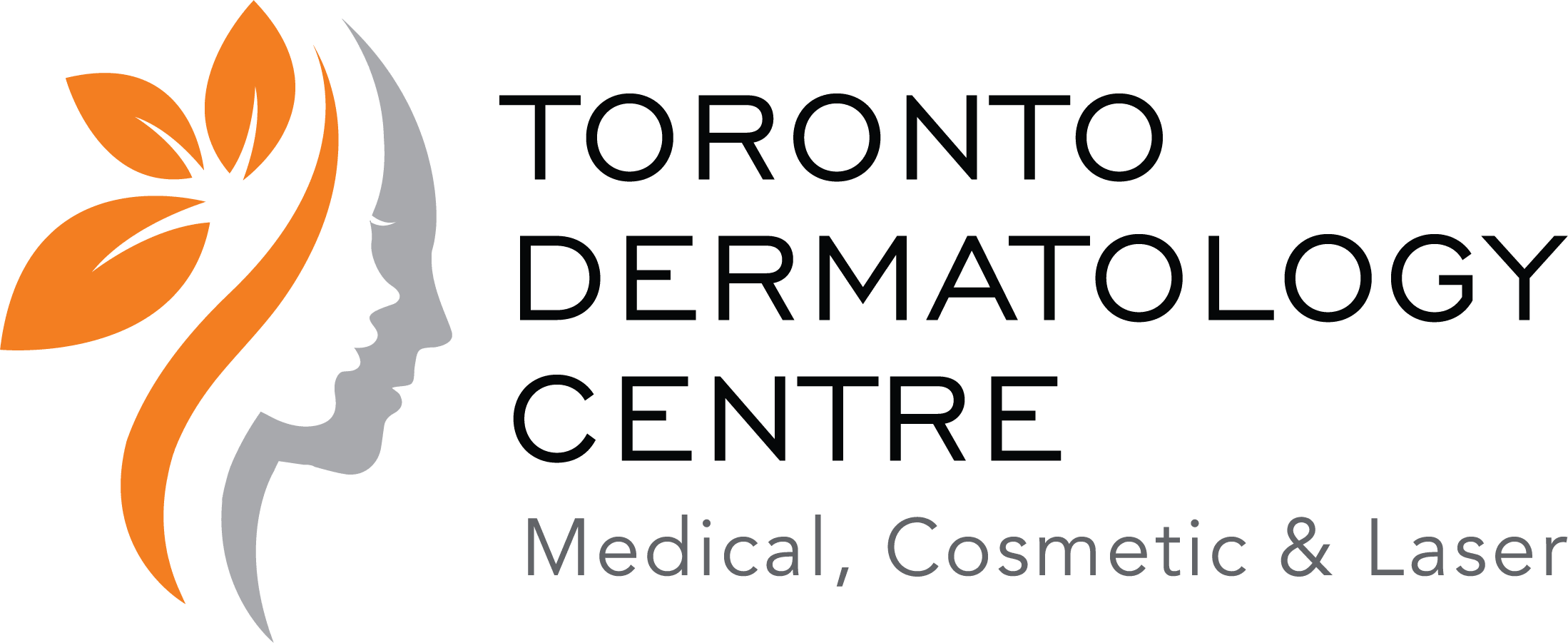
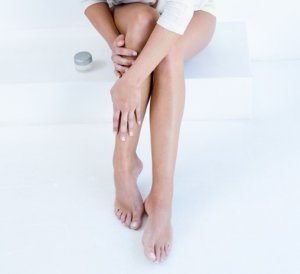

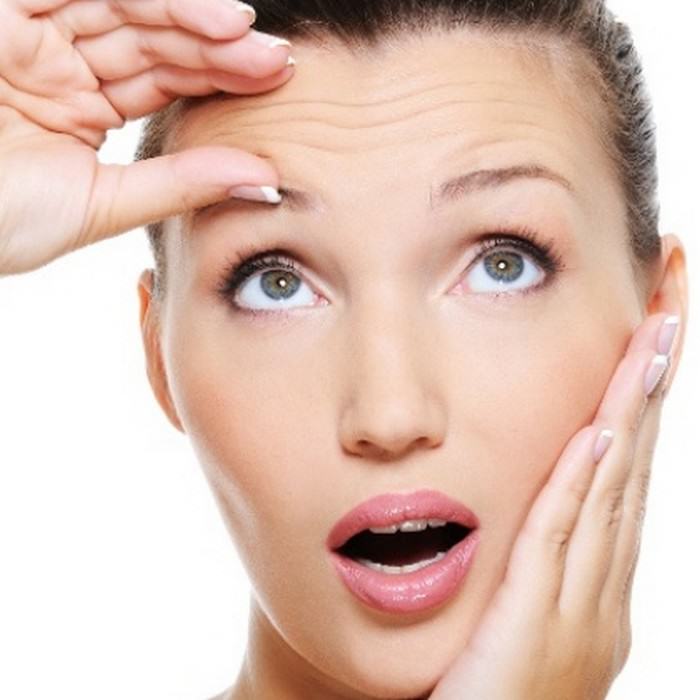 In the ongoing pursuit of ageless beauty, patients often seek the veritable next best thing: effectual treatments that offer real results with the added convenience of minimal downtime. Today’s cosmetic procedures aim to achieve nuance and subtlety over a decidedly “done” look, in line with the patient-driven trend for a more radiant and refreshed overall appearance. And while we’ve yet to see the perfect no-downtime procedure, science continues to evolve, developing advanced treatments for the face, skin and body.
In the ongoing pursuit of ageless beauty, patients often seek the veritable next best thing: effectual treatments that offer real results with the added convenience of minimal downtime. Today’s cosmetic procedures aim to achieve nuance and subtlety over a decidedly “done” look, in line with the patient-driven trend for a more radiant and refreshed overall appearance. And while we’ve yet to see the perfect no-downtime procedure, science continues to evolve, developing advanced treatments for the face, skin and body.